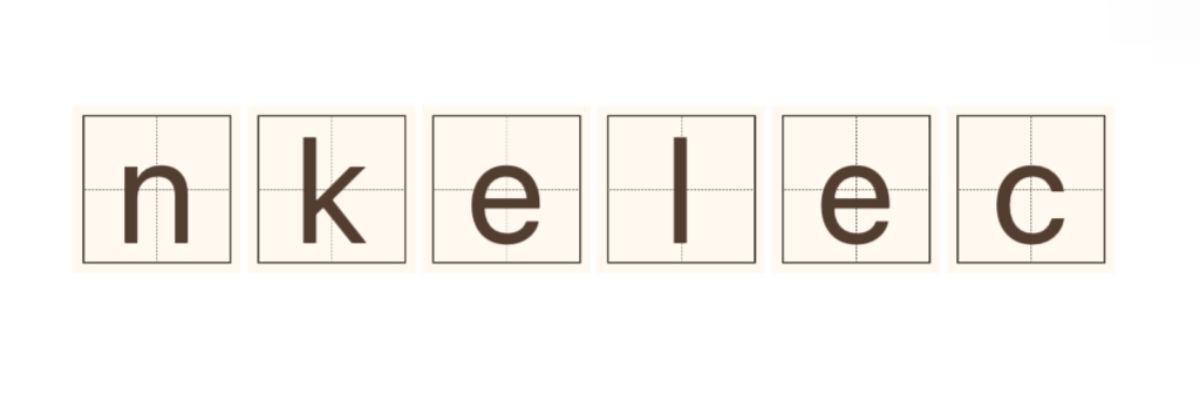d type connector
Jun. 20, 2025
The d type connector is a type of electrical connector characterized by its D-shaped design, which is frequently utilized in various electronic applications. Originating in the early days of computing and telecommunications, the d type connector gained popularity due to its ability to securely connect different components while minimizing the risk of incorrect assembly. Its distinctive shape allows for easy insertion, ensuring that users can quickly and accurately establish connections without confusion.
For more d type connectorinformation, please contact us. We will provide professional answers.
Historical Background
The history of the d type connector can be traced back to the 1950s, when engineers began developing standardized connections to accommodate the rapid expansion of electronic devices. The connector was designed to meet the industry's need for reliability and precision. During this period, the D-subminiature connector series was introduced, which included several configurations of pin layouts to meet varying requirements.
Design and Functionality
The design of the d type connector features a metal shield that provides excellent interference protection while maintaining a compact form factor. This makes it particularly valuable in applications involving sensitive electronics, where shielding from electromagnetic interference is crucial.
One of the most recognized features of the d type connector is its wide range of sizes and pin configurations, making it adaptable for numerous uses. The most common variant, the DB9 connector, has nine pins and is frequently found in serial communications, such as connecting peripherals like modems and printers to computers. Other popular variations include the DB25 and DE15 connectors, used for parallel connections and video outputs, respectively.
Significance in Modern Technology
The significance of the d type connector extends beyond its physical characteristics; it has played an instrumental role in the development of modern technology. Its reliability has made it a mainstay in industries ranging from telecommunications to industrial automation. As technology has pushed for smaller and more efficient devices, the principles behind the d type connector have influenced the design of newer, more compact connectors while maintaining high performance standards.
Current Uses and Emerging Trends
Today, while advancements in electronics have led to newer connection methods, the d type connector remains widely used. Many legacy systems still rely on this connector, and it continues to serve vital roles in equipment that requires robust and tested connections. Additionally, industries are observing a resurgence in the use of such connectors within the realms of hobbyist electronics and retro computing, as enthusiasts seek to revive older technologies.
Conclusion
The d type connector represents a crucial development in the history of electronics, combining heritage with functionality. Its design and reliability have made it a staple in various applications, both modern and traditional. As we navigate the ever-evolving landscape of technology, the continued relevance of the d type connector serves as a reminder of the innovation-driven trajectory of the industry and the importance of legacy components in shaping today's cutting-edge solutions.
Are you interested in learning more about usb3 cable pinout? Contact us today to secure an expert consultation!
218
0
0


Comments
All Comments (0)